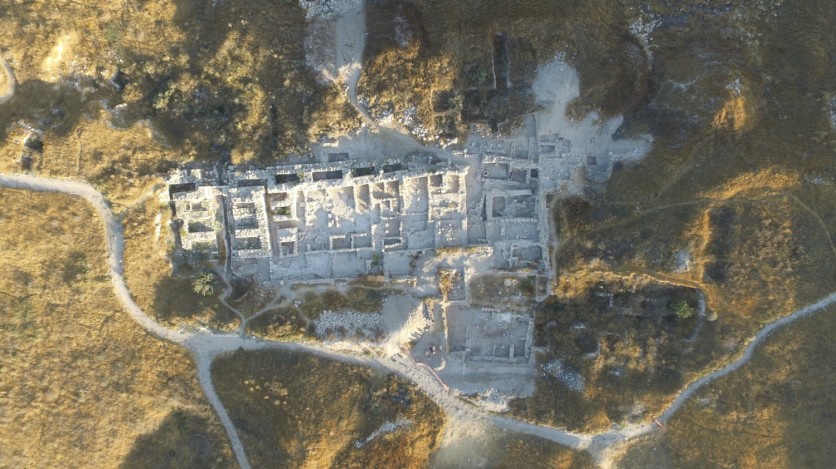A recent study reveals new insights into the ancient city of Gezer, shedding light on the timing of events within its historical timeline.
Lyndelle Webster of the Austrian Academy of Sciences and her colleagues conducted the study, providing a comprehensive examination of the city's archaeological remains, Phys.org reported.

The Ancient City of Gezer
Situated in the southern Levant, Gezer has been extensively referenced in Egyptian, Assyrian, and Biblical texts, featuring narratives of power struggles and interactions with significant historical figures.
The city also serves as a valuable archaeological site, offering a trove of artifacts from both the Bronze Age and Iron Age, presenting an opportunity for researchers to delve into the daily lives of its inhabitants.
Recent digs at Gezer have revealed an uninterrupted stratigraphic sequence, allowing for meticulous dating and the establishment of an absolute chronology detailing the city's historical events.
Webster spearheaded the study, which involved procuring 35 radiocarbon dates from organic materials, predominantly seeds, extracted from seven distinctive stratigraphic layers at the site.
These dates traverse the 13th to the 9th centuries, encapsulating a period characterized by notable transformations in the city, encompassing destructive incidents, reconstruction phases, and endeavors in fortification.
Some of these occurrences have been associated with narratives embedded in ancient texts. The dataset from this investigation furnishes a nuanced perspective, facilitating an evaluation of proposed correlations between the archaeological record and ancient texts.
Notably, the research posits that the alignment between a destructive episode and the endeavors of pharaoh Merneptah is plausible, while another suggested connection that links a similar episode with the campaign of Hazael is considered less credible.
Read Also : Mysterious Stones Crafted by Early Humans 1.4 Million Years Ago Hint at Ancient Hunt for the Perfect Sphere
Rich Historical Connections
This dataset serves as an independent source of precise dates, providing researchers with a valuable instrument to grasp the occurrences at Gezer and position them within a more extensive regional framework.
The authors of the study emphasized that "the development of a radiocarbon-based chronology at Tel Gezer - a site with uniquely rich historical connections - illustrates the crucial role radiocarbon dating can and must play in reconstructing individual site histories, resolving long-running debates and testing possible correlations between archaeological remains and written sources."
The study presents a significant contribution to understanding Gezer's history, utilizing scientific dating techniques to bridge the gap between archaeological evidence and ancient narratives.
The newfound insights allow for a more nuanced interpretation of the city's past, emphasizing the importance of independent scientific dating in anchoring chronological timelines and refining historical correlations. The findings of the research team were published in PLoS ONE.
Related Article : Archaeologists Find an Extremely Rare 1,300-year-old Gold and Gemstone Necklace From a Medieval Woman in England

ⓒ 2025 TECHTIMES.com All rights reserved. Do not reproduce without permission.




